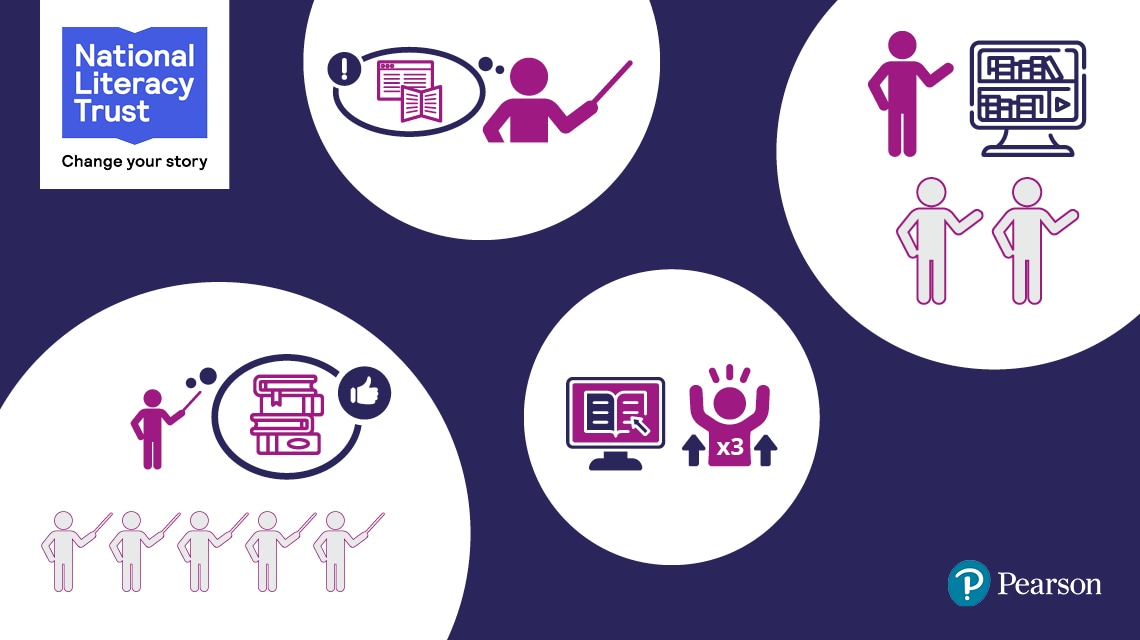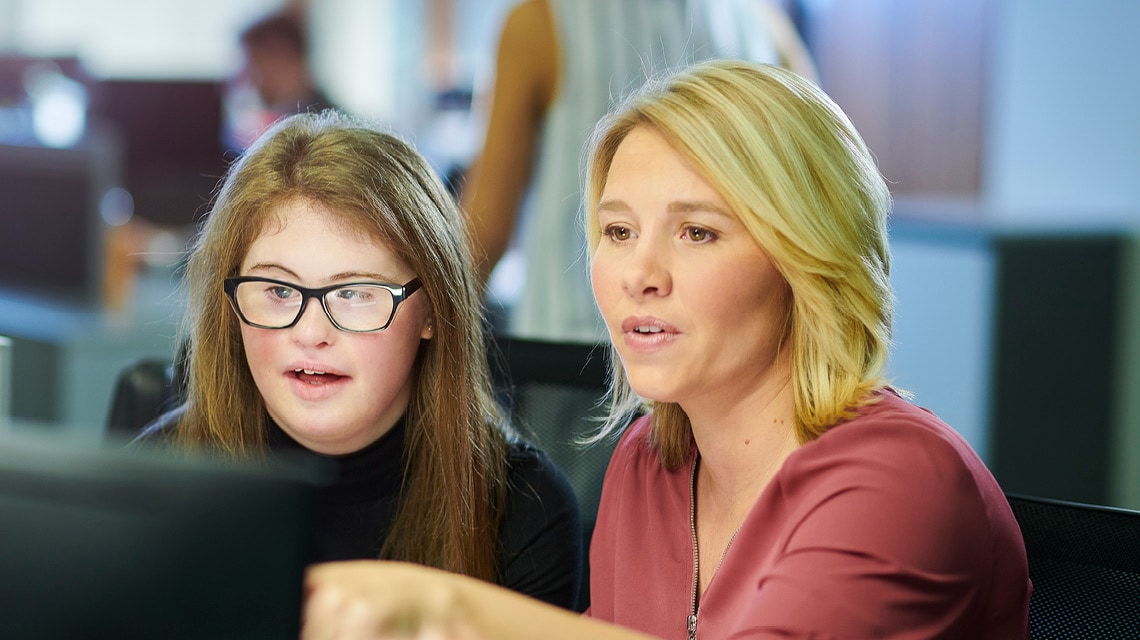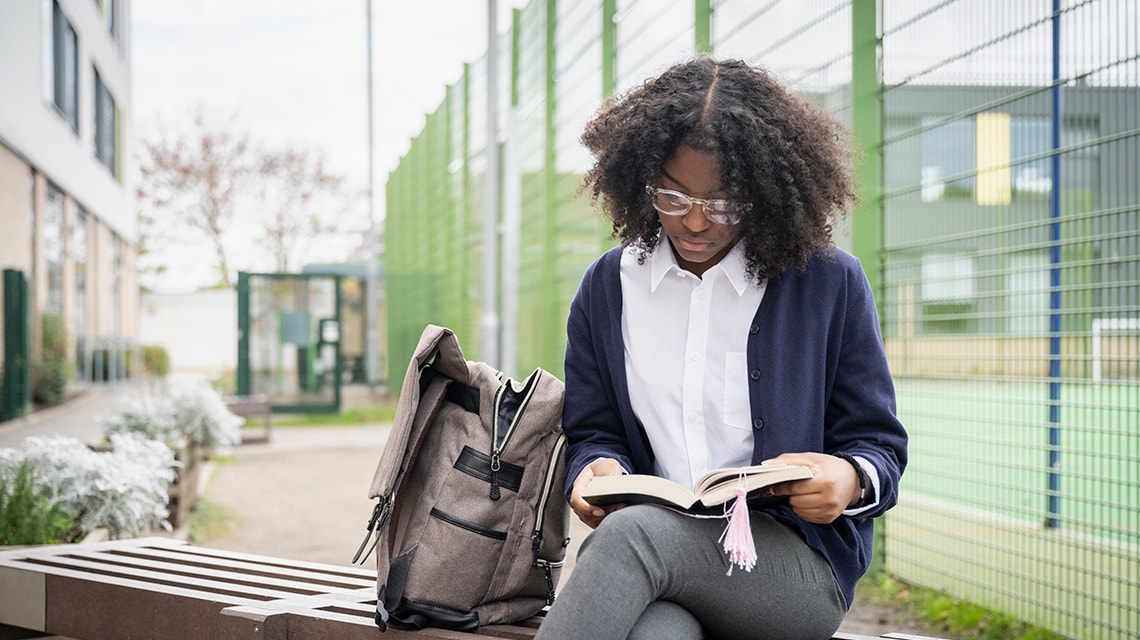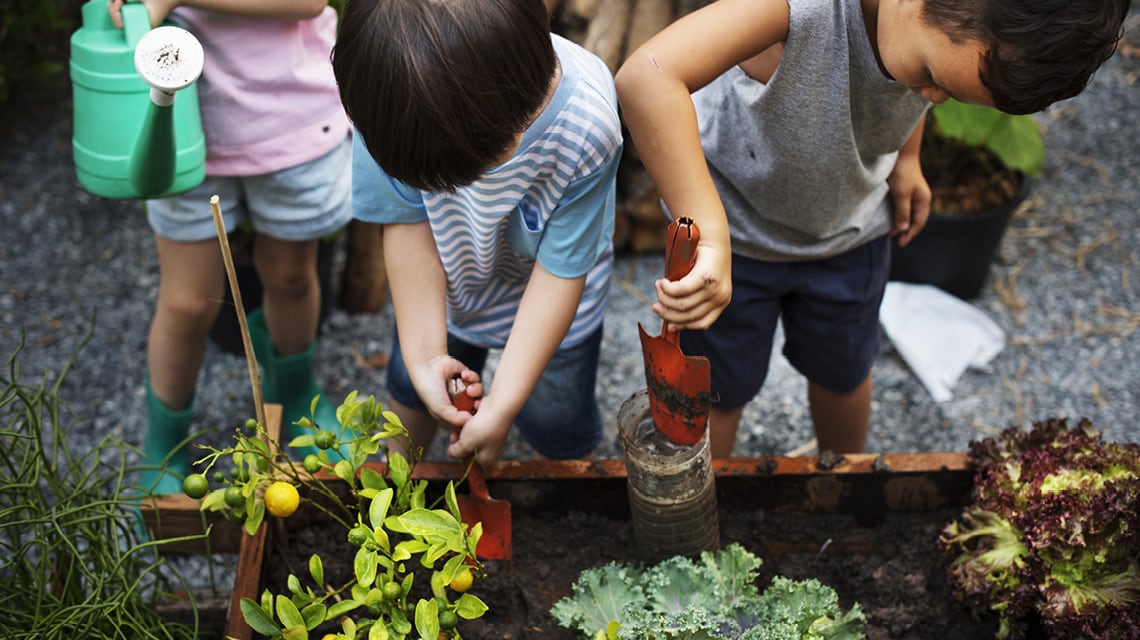
What a Primary teacher really wants for Christmas
A giant box of paperclips, the lingering sick smell to be gone forever, a magic school jumper finder and Rosie B to remember all of her lines for the Christmas play?

We’ve just released the fourth edition of the Pearson School Report. Over 14,000 voices, including teachers, learners, colleges, tutors and home educators, joined the conversation.

Supporting transformation and improvement across your trust
Every trust has a unique set of needs. That’s why we’ll work with you to create the best package of teaching, learning and training solutions for your schools, teachers and learners.

The Curriculum and Assessment Review is a milestone for education and skills in the UK – and it’s just the start. As we turn recommendations into further action, we’ll keep working with students, teachers, partners and sector experts to drive manageable and truly impactful change.

Supporting transformation and improvement across your trust
Our brand-new research with Cebr outlines how investment in digital transformation for state-funded UK schools could make a difference to the future of education and our economy.
We’re excited to announce the launch of the Using ebooks to support reading for pleasure in 2023 – A survey of primary school teachers report that we’ve worked on in association with the National Literacy Trust.

A giant box of paperclips, the lingering sick smell to be gone forever, a magic school jumper finder and Rosie B to remember all of her lines for the Christmas play?
The concept of a growth mindset is not a new one, especially if you are familiar with the work of psychologist Carol Dweck.
The NUT’s 2014 Workload survey, completed by over 44,000 teachers, revealed some alarming statistics.




